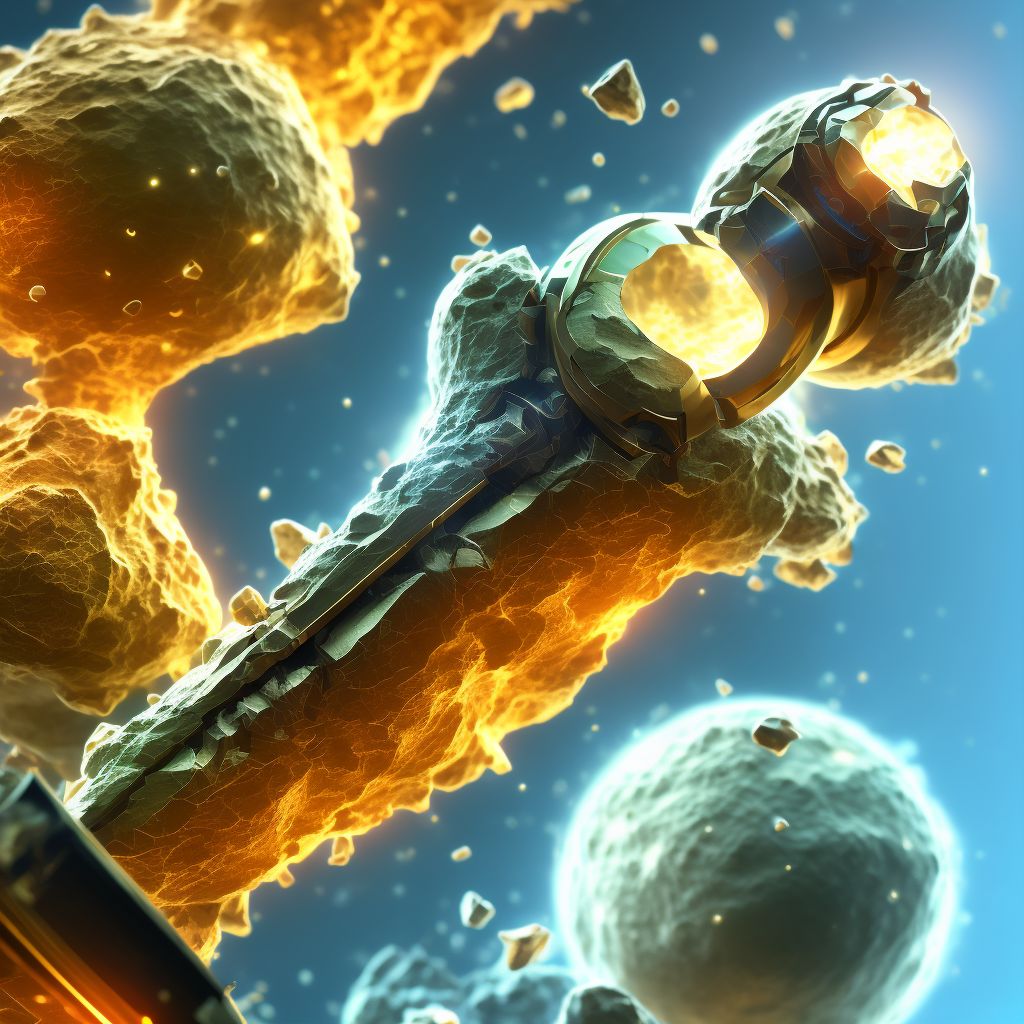
Nondisplaced oblique fracture of shaft of right tibia, subsequent encounter for open fracture type I or II with routine healing Save
ICD-10 code: S82.234E
Disease category: S82.234: Nondisplaced oblique fracture of shaft of right tibia
Nondisplaced Oblique Fracture of Shaft of Right Tibia: Understanding the Healing Process
When it comes to bone injuries, one common type is a nondisplaced oblique fracture of the shaft of the right tibia. This article will provide insights into the subsequent encounter for open fracture type I or II with routine healing, highlighting the importance of understanding this condition.
Causes and Symptoms
A nondisplaced oblique fracture of the shaft of the right tibia typically occurs due to direct trauma or excessive stress on the bone. This injury can result from accidents, falls, or sports-related incidents. Common symptoms include severe pain, swelling, bruising, and difficulty bearing weight on the affected leg.
Diagnosis and Treatment
Medical professionals diagnose this fracture through physical examinations, X-rays, and possibly additional imaging tests. Once diagnosed, the treatment plan typically involves immobilization using a cast or splint to ensure proper alignment and stability. However, as mentioned earlier, we won't delve into the treatment aspect in this article.
Healing Process
After the initial treatment, the subsequent encounter for an open fracture type I or II involves monitoring the healing process. Routine healing is the expected outcome for this type of fracture. The body's natural healing mechanisms come into play, gradually restoring the integrity of the tibia.
- Inflammatory Stage: Following the fracture, the body initiates an inflammatory response. Blood vessels at the fracture site constrict to control bleeding, and a blood clot forms.
- Soft Callus Formation: Within a few days, new blood vessels start to grow, delivering oxygen and nutrients to the area. Specialized cells called fibroblasts produce collagen, forming a soft callus that stabilizes the fracture.
- Hard Callus Formation: Over time, the soft callus transforms into a harder callus. Osteoblasts, responsible for bone formation, deposit minerals to strengthen the callus and bridge the fracture gap.
- Remodeling Phase: The final stage involves remodeling the newly formed bone. Osteoclasts break down excess callus material, while osteoblasts continue to deposit new bone, gradually restoring the original structure of the tibia.
Conclusion
Understanding the healing process of a nondisplaced oblique fracture of the shaft of the right tibia is crucial for patients and their families. With routine healing, patience and adherence to medical advice are essential for a successful recovery. Remember to consult with a healthcare professional for accurate diagnosis and personalized treatment options.
Treatment of Nondisplaced oblique fracture of shaft of right tibia, subsequent encounter for open fracture type I or II with routine healing:
Treatment Options for Nondisplaced Oblique Fracture of the Shaft of Right Tibia
A nondisplaced oblique fracture of the shaft of the right tibia can be a painful and challenging condition to deal with. However, with the right treatment approach, patients can expect a successful recovery and a return to their normal daily activities. Here are some treatment options that can help in m...
To see full information about treatment please Sign up or Log in